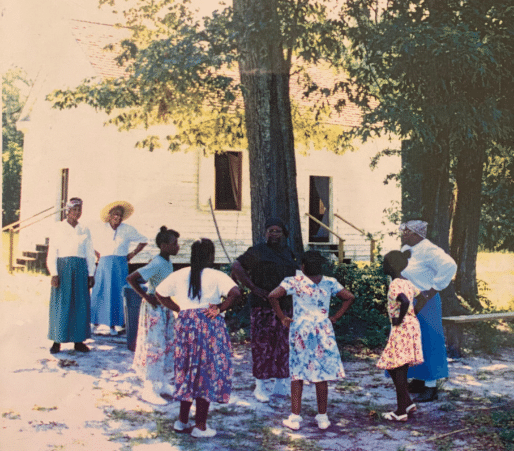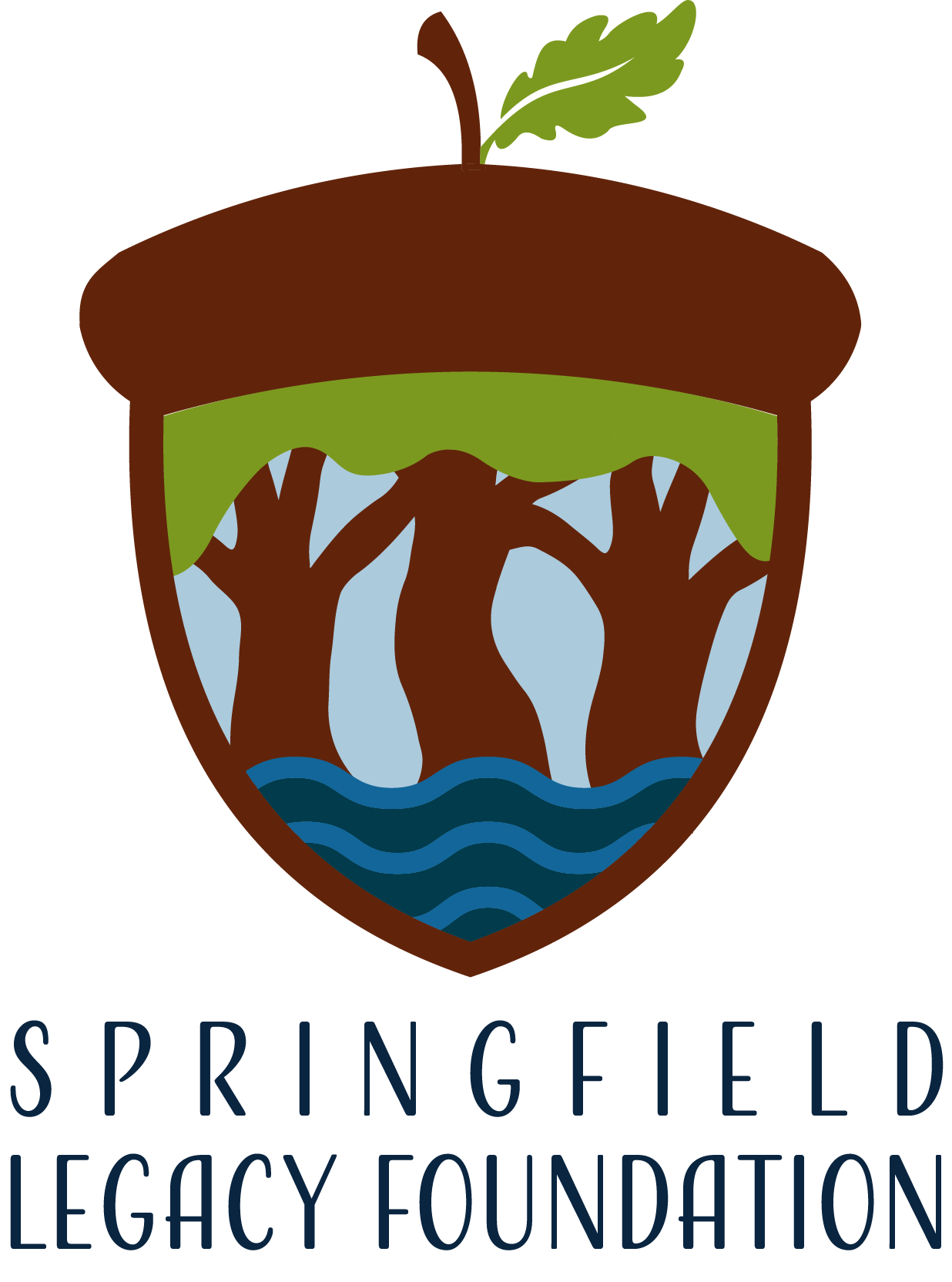MELON BLUFF NATURE CENTER
OPEN TO THE PUBLIC EVERY WEEKEND FROM LABOR DAY THROUGH MEMORIAL DAY.
Melon Bluff is a beautiful 450-acre nature preserve on the Georgia Coast. Its purpose is to preserve the vanishing coastal wilderness, its wildlife, and its important history. Instead of destroying this unspoiled beauty with development, we prefer to offer it as a place to learn and explore. The Melon Bluff Nature Center is open Friday through Sunday and holiday Mondays from 9 a.m. to 4 p.m. for hiking, mountain biking, and birding. Self-guided trail maps can be used to navigate the property by foot or bike. Melon Bluff staff can also arrange picnics, group outings, and parties. The Melon Bluff Nature Center features exhibits and educational programs, restrooms, and parking.
If you’re looking for break from cars and crowds, come enjoy Melon Bluff!
DISCOVER NEW THINGS
ON GEORGIA’S COAST
This magnificent stretch of land has known many lives and uses. Native Americans roamed these woods and rivers in 1526 when the first Europeans, a group of Spanish settlers, landed 39 years before St. Augustine was founded. With them came enslaved African people, all skilled craftsmen, making this area the first place entered in the Americas.
When the English occupied the land in the 1730s and plantations sprung up, Melon Bluff was among them. The remnants of this culture are still present in Melon Bluff’s many abandoned rice fields, and the old ferry road. The Civil War brings more lore with the sinking of the blockade runner, The Standard, which may still remain where she went down off Mr. Busby’s Landing. With its post-war plantation economy in ruins, mich of Melon Bluff was abandoned to forest takeover.
In the 1920s, small railroads were built to harvest the timber. (Vestiges of a trestle and road beds remain). These lands have been periodically logged ever since, always renewing themselves with more woodlands as they do today. Continued management of Melon Bluff as a timber resource, enables this land to remain undeveloped. Melon Bluff contains all forest species native to the Georgia coast. Majestic live oaks, magnolias, dogwood, sycamore, wax myrtle, sweet gum, cherry, hickory and bay crowd the swamps and fringe the marshes as do cedar and pine.
In the uplands, pine is predominant. It is Melon Bluff’s crop, harvested in cycles from 18-30 years and then replanted or naturally regenerated. Pine trees are Georgia’s self-renewing resource and trees have become one of the state’s largest businesses while providing cleaner air, public recreation and animal and bird habitat.
As wild land shrinks elsewhere, we see more and more non-native birds seeking habitat along this largely-undisturbed coast. Common, for at least part of the year, are wild turkeys, owls, hawks, woodpeckers, marsh birds, pelicans, painted buntings, hummingbirds, osprey, cardinals, quail and many more. Over time, 309 species have been spotted in our Savannah Area Refuges’ radius.
We hope that you treasure this land and enjoy it fully.
SEABROOK VILLAGE
Seabrook Village is the first museum dedicated to research, education and the authentic portrayal of the history and culture of African-American landowners circa 1865-1930. Located in Sunbury, GA, the living history village has eight buildings built in the 1900s, including the one-room Seabrook School and various exhibits and artifacts. It also includes the Martha Randolph Stevens Park, which is a 12-acre waterfront park that has served as a gathering space for African-Americans in the community for more than 60 years.

